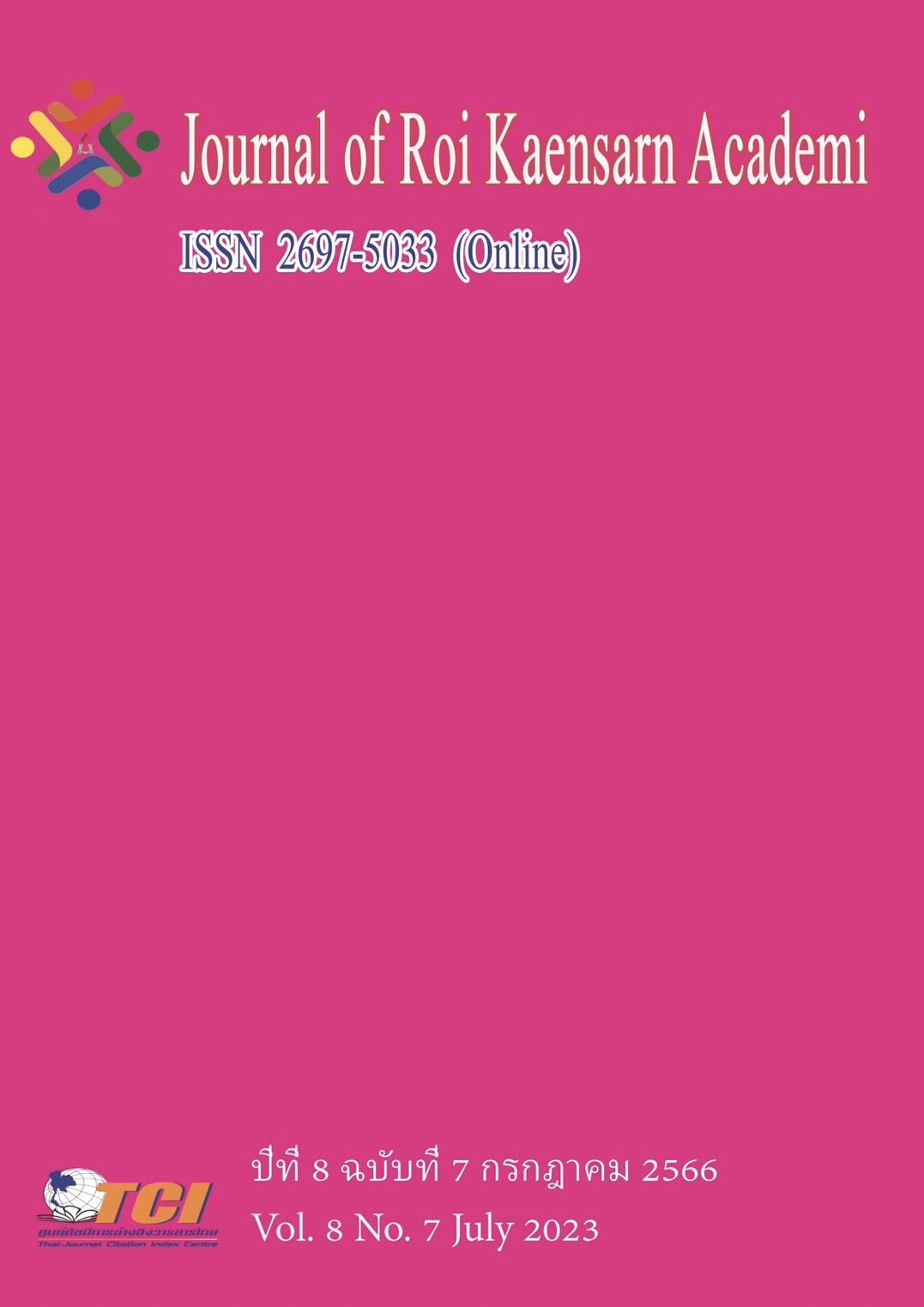The Impact of Teacher Innovation Expectations on Blended Learning Usage Behavior : Usage Intention as a Mediator
Main Article Content
Abstract
This study explores the mediating role of teachers' intention to use blended teaching mode between teachers' performance expectations and usage behavior. We used the teacher's use intention scale, teacher's use behavior scale, and performance expectation scale to construct the structural equation model and the research hypothesis equation model. The three scales have been revised by experts and confirmatory analysis, and have good reliability and validity. and fit. Electronic questionnaires were distributed to six colleges and universities in Jilin Province, China using scientific and valid scales, and 889 valid questionnaires were finally recovered. The analysis results show that teachers' performance expectation is a positive predictor of usage behavior, and usage intention plays a partial mediating role between usage behavior and performance expectation. Therefore, improving teachers' performance expectations can improve teachers' use behavior of blended teaching mode. At the same time, it is concluded that performance expectations have a positive impact on usage behavior through usage intentions. Schools should promote the use of blended teaching models by increasing intention to use.
Article Details
References
Feng Xiaoying,Wang Ruixue&Wu Yijun(2018).A Literature Review on Blended Learning:Based on Analytical Framework of Blended Learning.Journal of Distance Education,(03),13-24.
He Kekang(2004).The New Development of educational Technology Theory viewed from Blending Learning.e-Education Research(03):1-6.
Karahanna E, Agarwal R, Angst C M(2006). Reconceptualizing compatibility beliefs in technology acceptance research[J]. MIS Quarterly ,(4):781-804.
Kiviniemi M T(2014). Effects of a blended learning approach on student outcomes in a graduate-level public health course. Bmc Medical Education,14(1):1-7.
Lee L T,Hung J C(2015).Effects of blended e-Learning:a case study in higher education tax learning setting.Human-centric Computing and Information Sciences,5(1):13-27.
Li Feng-qing(2016).The Theoretical Basis and Instructional Design of Blending Teaching.Modern Educational Technology(09),18-24.
Ritu, Agarwal, and, Jayesh, & Prasad. (1998). The antecedents and consequents of user perceptions in information technology adoption - sciencedirect. Decision Support Systems, 22(1), 15-29.
Roger EM(1962).Diffusion of innovations[M].New York:Free Press.
Shi Qiuheng&Wang Aiping(2008).On the Basic Characteristics of Applied Undergraduate Education.Research in Educational Development,(21):34-37.
Taylor S,Todd PA(1995).Understanding information technology usage:A test of competing models[J].Information Systems Research,6(2):144-176.
Yuan Lei, Chen Xiaohui, Zhang Yanli. Research on Blended Learning supported by WeChat, Taking the course "Basic Photography Techniques" as an example.China Educational Technology,(07):128-132
